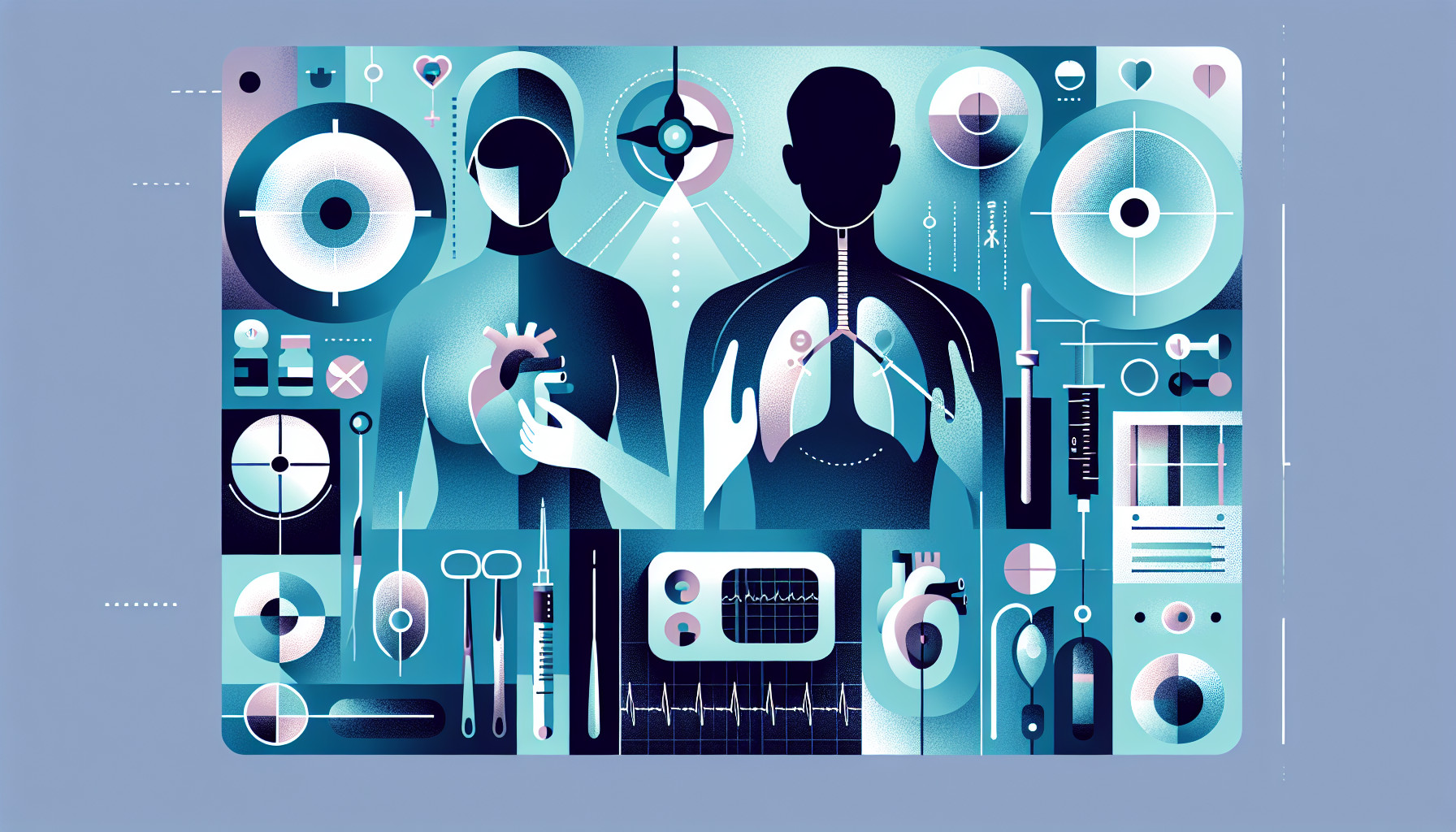Our Summary
This research paper is about a study that looked at the websites of all 98 accredited thoracic (chest) surgery training programs in the US. The researchers checked each website for 25 specific pieces of information that they thought were important. Almost all the programs (92.9%) had a website, but on average, they only included about a third of the 25 key details. Most of the websites had information about the program itself, like how to apply, who to contact, and which hospital it was affiliated with. However, they were generally missing other important details like how many students stayed in the program until the end, whether the program had social media, how well students did on exams, where students ended up after the program, what the work duties were, how many surgeries students would perform, and what the salary and benefits were like. The researchers suggest that improving these websites could be a simple, cheap way to attract more people to apply to these programs.
FAQs
- What were the key findings from the research study on thoracic surgery training programs’ websites?
- What information was generally missing from these thoracic surgery training program websites according to the research study?
- How do the researchers suggest improving the thoracic surgery training program websites?
Doctor’s Tip
One helpful tip a doctor might tell a patient about thoracic surgery is to thoroughly research the thoracic surgery program they are considering. This includes looking at the program’s website for important information such as success rates, post-graduate outcomes, surgical experience, and benefits. It is important for patients to feel confident in the program they choose for their thoracic surgery, so they should not hesitate to ask questions and gather as much information as possible before making a decision.
Suitable For
Patients who are typically recommended for thoracic surgery include those with lung cancer, esophageal cancer, mediastinal tumors, lung infections, emphysema, severe chest trauma, and other conditions affecting the chest cavity. Additionally, patients with benign conditions such as hiatal hernias, thoracic outlet syndrome, and hyperhidrosis may also be candidates for thoracic surgery. It is important for patients to consult with a thoracic surgeon to determine if surgery is the best treatment option for their specific condition.
Timeline
Before thoracic surgery:
- Patient is referred to a thoracic surgeon by their primary care physician or specialist.
- Patient undergoes various tests and evaluations to determine the need for surgery, such as imaging tests, blood work, and pulmonary function tests.
- Patient meets with the thoracic surgeon to discuss the surgical procedure, risks, benefits, and expected outcomes.
- Patient may undergo pre-operative appointments with other healthcare providers, such as an anesthesiologist and respiratory therapist.
- Patient receives instructions on pre-operative preparations, such as fasting and medication management.
After thoracic surgery:
- Patient is closely monitored in the recovery room immediately after surgery.
- Patient may be transferred to an intensive care unit for further monitoring and management.
- Patient is gradually weaned off of pain medications and other supportive measures.
- Patient begins physical therapy and breathing exercises to promote recovery and prevent complications.
- Patient is discharged from the hospital once stable, with instructions for post-operative care, follow-up appointments, and potential restrictions on activities.
- Patient continues to recover at home, with regular check-ins with the thoracic surgeon and other healthcare providers.
- Patient may undergo additional tests and evaluations to monitor their progress and ensure successful recovery.
- Patient gradually resumes normal activities and may require ongoing support and rehabilitation.
What to Ask Your Doctor
- What specific procedures does the thoracic surgery program offer training in?
- How many surgeries will I be able to perform during my time in the program?
- What are the work duties and responsibilities expected of students in the program?
- What is the success rate of students on exams and in completing the program?
- Where do students typically end up after completing the program?
- Does the program have social media or online resources for students?
- What is the salary and benefits like for students in the program?
- How many students typically stay in the program until the end?
- Are there opportunities for research or academic pursuits within the program?
- How is mentorship and support provided to students throughout the program?
Reference
Authors: Ruddell JH, Tang OY, Persaud B, Eltorai AEM, Daniels AH, Ng T. Journal: J Thorac Cardiovasc Surg. 2021 Sep;162(3):724-732. doi: 10.1016/j.jtcvs.2020.06.131. Epub 2020 Jul 17. PMID: 32792155
